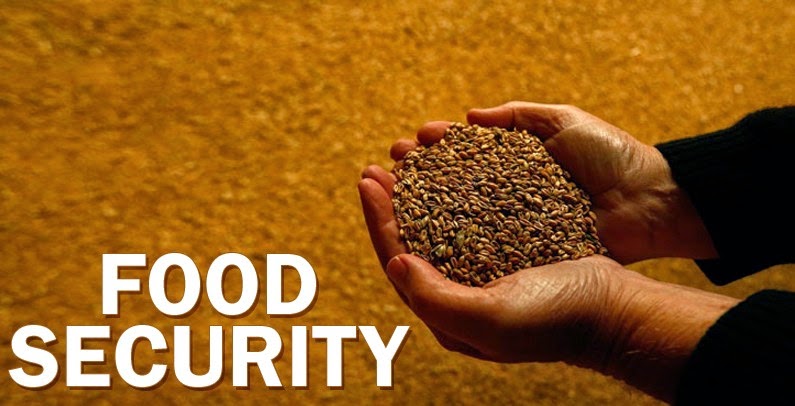|

|
|
The National Food Security Bill (NFSB) was passed by both houses of Parliament, and was given a nod by the President on September 12, 2013, and has now become an Act. The legislation is a landmark, and perhaps the largest food security program in the world. The Act is indeed an important effort to ensure that the majority of population in India has access to adequate quantity of food at affordable prices. It proposes to cover 75 percent of the rural population, and 50 percent of the urban population with an entitlement of 5 kg per person per month of food grains at issue prices of Rs. 2 and 3 per kg for wheat and rice respectively. The poorest households will receive an additional 10 kilograms of food grains per household to protect their existing allocations. The statewise inclusion ratios are determined by the Planning Commission based on a national-level cut-off for per capita consumption to cover 75 percent and 67 percent of rural and urban populations respectively. This article establishes that fiscal implications of the Food Security Act (FSA) are likely to be significant. The food subsidy cost of implementing the FSA is estimated at Rs. 124,502 crores for the fiscal year 2013-14. The cost is estimated to increase to Rs. 140,192 and Rs. 157,701 crores in 2014-15 and 2015-16 respectively. The “incremental” food subsidy over and above the existing Targeted Public Distribution System (TPDS), which is the additional cost to the budget, is estimated at Rs. 23,951 crores. This is equivalent to 0.2 percent of GDP.
|


